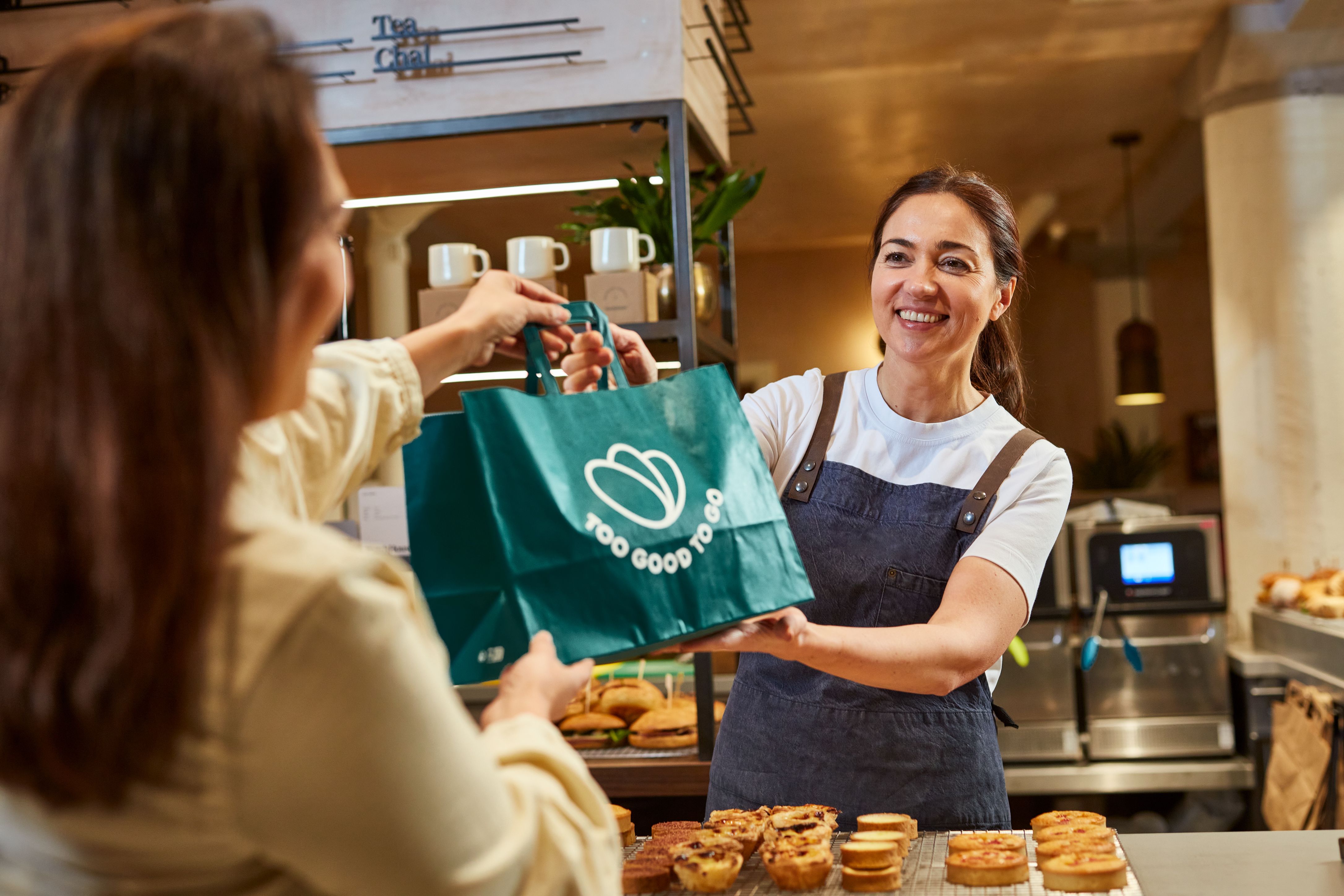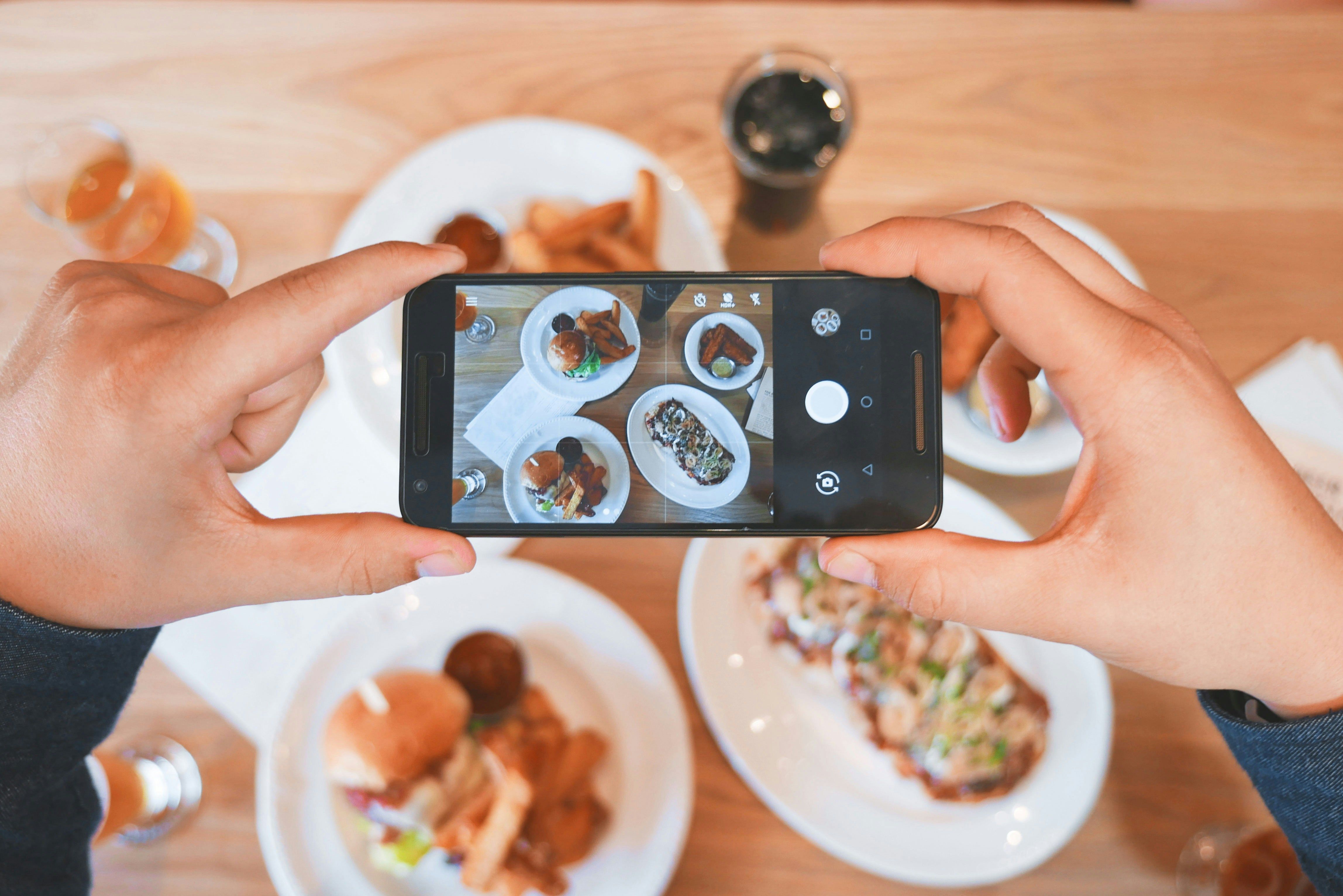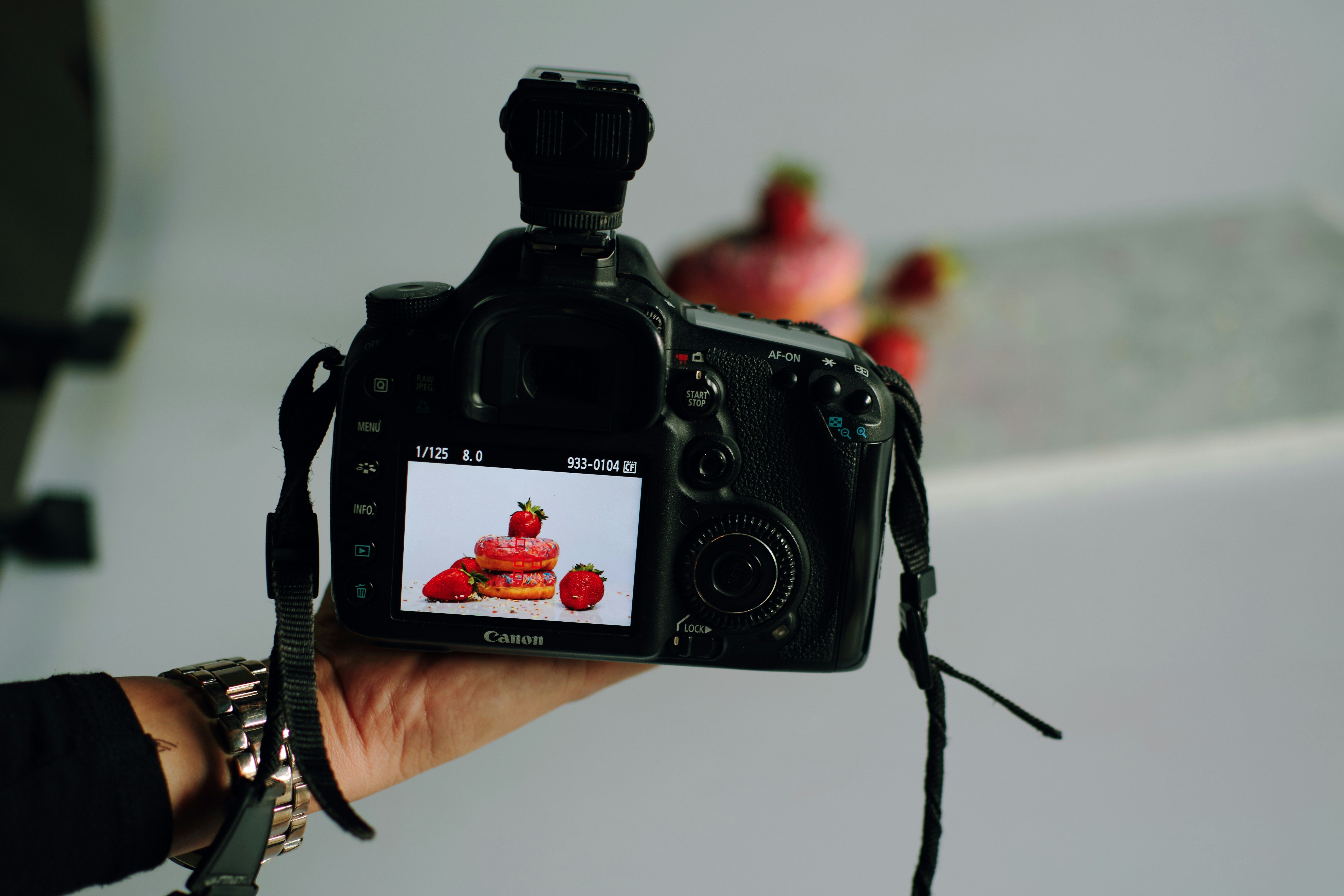How much does social media advertising cost for small businesses?
How much does social media advertising cost for small businesses?
Social media platforms are powerful tools for food businesses like bakeries, coffee shops, and quick-service restaurants. They help you connect with local customers, promote your products, and build a loyal following. Understanding the costs of advertising on these platforms can help you make the most of your marketing budget.
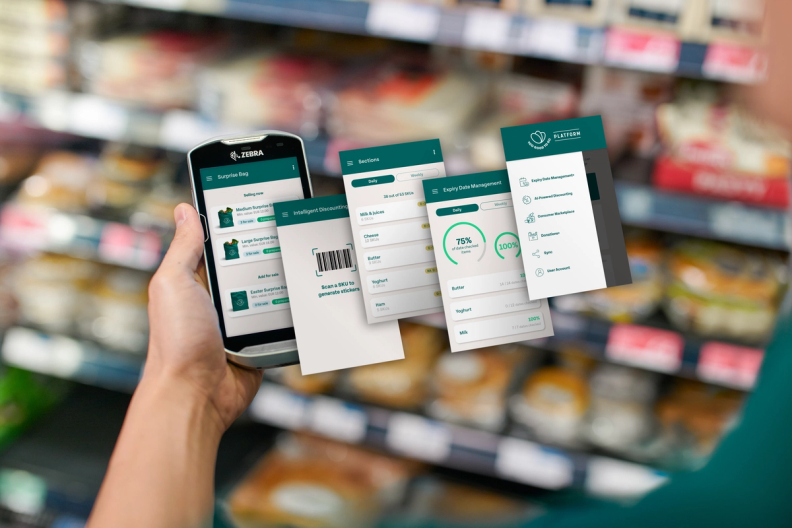
Organic Posts vs. Boosted Posts: What’s the Difference?
Organic Posts vs. Boosted Posts: What’s the Difference?
When using platforms like Facebook or Instagram, your content can appear as either organic posts or boosted posts. Here's how they differ and how you can use them for your food business.
Organic Posts
Organic posts are the updates you share on your social media profile for free. They’re perfect for showcasing:Daily specials
Like a coffee and pastry combo
Behind-the-scenes content
Such as baking your bread or brewing coffee.
Customer Reviews
Show positive customer reviews or testimonials
Boosted Posts
Boosted posts are organic posts you pay to promote, allowing them to reach more people. You would want to boost a post to:Daily specials
Like a coffee and pastry combo
Behind-the-scenes content
Such as baking your bread or brewing coffee.
Customer Reviews
Show positive customer reviews or testimonials
BENEFITS OF BOOSTING
- Wider Reach: Get your post in front of people beyond your followers, such as locals or food enthusiasts.
- Targeting Options: Reach specific groups, like nearby office workers who might stop by for lunch.
- Low Cost: Start with as little as €10–€50 to see noticeable results.
Boosting is a simple and affordable way for food businesses to stand out without the complexity of creating full ad campaigns or investing too much money. You have full control over your budget and cost and if you see no results, you can always stop spending the campaign which will stop your spending immediately.
Understanding the Pricing of Social Media Advertising Plattforms: A Quick Guide for Food Businesses
Understanding the Pricing of Social Media Advertising Plattforms: A Quick Guide for Food Businesses
1. Cost-per-click (CPC)
You pay each time someone clicks on your ad. Example: Promote a post that redirects users to your bakery’s website on click. If 100 people click on it at €0.50 per click, you’ll pay €50.2. Cost-per-thousand-impressions (CPM)
You pay for every 1,000 times your ad is shown to people.Ideal for raising awareness about new offerings, such as a loyalty program or a seasonal menu. Typical costs: €5–€12 per 1,000 views.How Much Should Food Businesses Spend on Social Media Advertising?
How Much Should Food Businesses Spend on Social Media Advertising?
Facebook and Instagram Ads for Local Campaigns
Unlike advertising on the radio or in the local newspaper, getting started with social media ads doesn’t require a big budget. The best part? You’re in control! You can start or pause your campaigns on platforms like Facebook or Instagram anytime.If you’re a bakery, coffee shop, or restaurant looking to reach local customers, here’s a quick idea of what you can expect in terms of costs:CPC (Cost-per-click):
€0.30–€1.00.CPM (Cost-per-thousand-impressions):
€5–€12.Suggested Monthly Budgets
Small Budget (€100–€300):
Great for promoting daily specials or new menu items.Larger Budget (€500–€1,500):
Ideal for launching seasonal campaigns or hosting events.Track Results on your Social Media Ads
Unlike offline advertising, social media makes it easy to track your results. While there are plenty of metrics to consider, here are the key ones to focus on:Reach:
The number of unique people who see your ad.Engagement:
Likes, comments, shares, or clicks.Clicks:
See if customers are visiting your website or checking your menu.Cost-per-click (CPC):
Lower CPC means more efficient spending.Conversions:
Actions like placing an order or visiting your location.By focusing on these simple metrics, you'll gain a clearer understanding of how your ads are performing and be able to make more informed decisions on how to adjust your strategy. Start small, learn along the way, and refine your ads to get the most value out of your investment while effectively promoting your food business.Which Ad Formats are Suitable for Food Businesses
These platforms are ideal for food businesses because they let you visually showcase your dishes while targeting specific local audiences. The platforms give many different targeting options based on people’s interest or demographics. It is possible for example to target local food lovers, people interested in dining out, or those searching for sustainable dining options.Ad formats that work especially well for bakeries, coffee shops, and restaurants include:Carousel Ads
Carousel Ads
Showcase multiple items, like a coffee menu, desserts, or combos.
Video Ads
Video Ads
Highlight how your bread is baked fresh or create a time-lapse of a busy morning rush.
Stories
Stories
Use full-screen visuals for limited-time offers, like a happy-hour deal or seasonal treats.
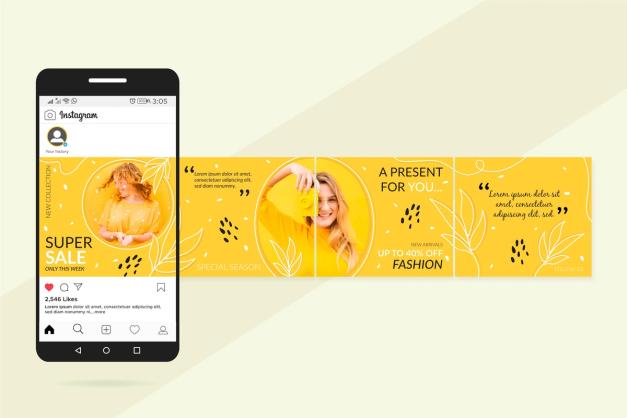
Partnering with Influencers: Another Way to Advertise
Partnering with Influencers: Another Way to Advertise
Choose the Right Influencers to Promote your Food Business
Finding the right influencers for your food business is essential for a successful campaign. Begin by identifying creators who align with your business values and share content related to:Food and Dining:
Influencers who post about meals, recipes, or dining experiences, making them a natural fit for promoting restaurants, bakeries, or other food-focused businesses.Sustainability:
Creators who advocate for eco-friendly practices and highlight brands or stores that align with their values. For example, businesses on Too Good To Go demonstrate their commitment to reducing food waste by offering surplus food through the platform, attracting eco-conscious customers in the process.Platforms like Instagram and TikTok are ideal for finding relevant influencers. Search using hashtags like #Foodie, #SustainableDining, or #LocalEats to connect with creators already engaging with your target audience.
H3 Boost your Online Marketing Strategy with Too Good To Go
